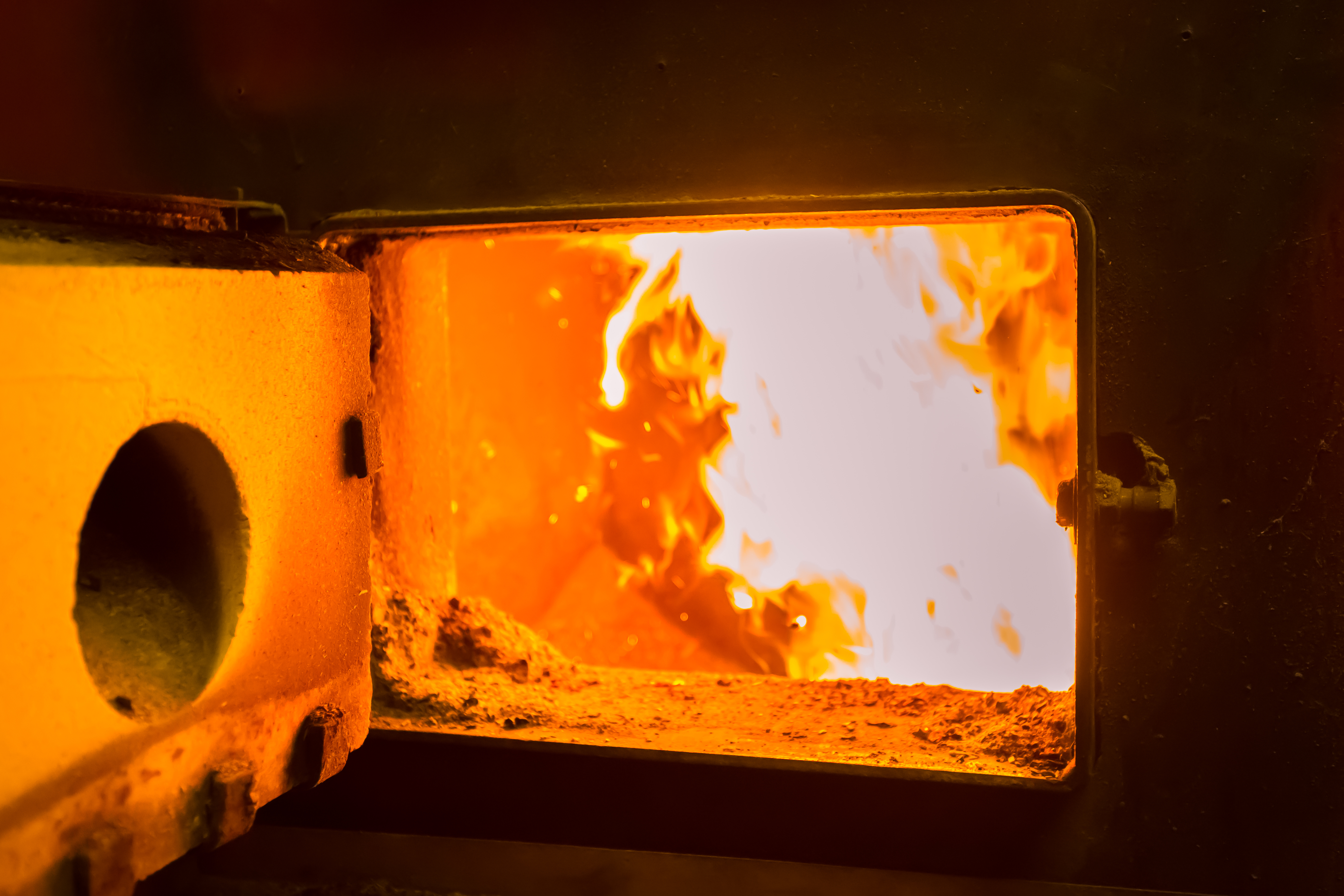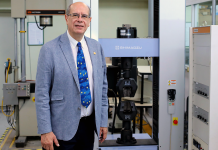
Within any aspect of our business structure, understanding the specific requirements needed to produce product that conforms to customer requirements is important. These requirements and the recognition that the requirements can be met are accomplished during the contract review process.
In this article, we will look at how the contract review process is typically performed, as well as different ways to perform contract review, which will minimize risk throughout a thermal process.
The Process of Contract Review
Contract review is a process in which specific product or process requirements are reviewed to ensure a supplier has the proper staff, approval, and equipment capability to produce the product or process. I will be focusing on contract review as it relates to thermal processing.
To start, it is important to document your company’s capabilities. This will include all aspects of your company’s thermal processing capabilities. These capabilities, including specific prime/industry certifications/approvals, will include many aspects of the process ranging from furnace-qualified operating range to testing techniques. Let’s go over this a bit more in detail.

Limitations and Requirement Documentation
Assuming a supplier already has a thermal process within its manufacturing or service scope, the limitations of that process must be documented. This is typically accomplished by first testing the equipment limitations. The results of the testing will give the supplier the details needed to document the limitations of the equipment within specific procedures. As an example, a supplier may test a new vacuum furnace that qualifies at 100°F to 1,600°F to +/-10°F, and from 1,601°F to 2,000°F only qualifies to +/-25°F. In this scenario, product that requires +/-10°F above 1,600°F cannot be processed in this furnace. This type of detail is important to document and be used in the contract review process. Another example could be testing performed to validate the thermal process, such as hardness testing. If a customer is being asked to perform conductivity testing, and hardness testing is the only post-thermal process testing capability in their scope, this job would not be able to be accepted.
Typically, these limitations are identified in a heat-treat/pyrometry/hardness testing procedure as applicable. They can also be assembled into a control plan or process control matrix that is usable by other departments, such as contract review and purchasing. This action enables other departments to review and have quick access to the details of the process/equipment limitations. It is good practice to limit the number of documents the capability details get placed in, as the more documents in which they are placed, the more documents that must be changed when capabilities and/or requirements change.
Training
Training for staff who perform contract review is just as important. Clearly, there is no need for contract review personnel to understand metallurgy and how to operate thermal-processing equipment. However, understanding the equipment and process limitations as they apply to contract review is imperative.
Training should be structured in such a way that contract review personnel not only understand where to obtain the information they need, but also what it means. If I were to tell staff in contract review who were not trained that a particular furnace is limited to a Class 2 +/-10°F, it wouldn’t mean too much to them. If I were to design a focused training session for contract review personnel that discussed what furnace class is, where it comes from, how it is designated, and how it applies to the contract review process, they may think, “OK, if I receive an RFQ for a thermal process that requires 1,650°F +/-5°F, I cannot accept the job without speaking to engineering/quality first.” As always, the training should be documented and repeated when procedures require it.
Also, for those suppliers Nadcap accredited in heat treat, the AC7102 checklist specifically requires personnel performing contract review receive training.
In Practice
Of course, in practice things can be more challenging. A system must be developed for personnel performing contract review that can be used in both potential new product, existing product, and existing product that has had changes made to the requirements.
I have seen several ways this process is established. Most include an appropriate contract review procedure which references a contract review form or checklist that is used by contract review staff. For suppliers with captive thermal processes, the contract review checklist may include additional items aside from thermal processing such as machining, inspection, and special process requirements. For those suppliers who provide only thermal-processing services, the checklist will be limited to the capabilities of process and test equipment. It’s important not to forget industry, prime, and Nadcap certifications should also be included in the scope of capabilities. Requirements for approval may be flowed down from potential or existing customers, and contract review staff should be trained and aware of this.
The checklist is typically used once an RFQ or purchase order is received. In some instances, the contract review checklist is routed to quality, production, and engineering for approval as each department may play a different role in the review process. This practice acts as a check and balance to ensure that a supplier has the necessary capability and approvals to process production hardware.
Summary
The contract review process can be established and practiced in a variety of ways. The key is to ensure the process captures all the requirements needed to produce conforming product in accordance with customer requirements.

























